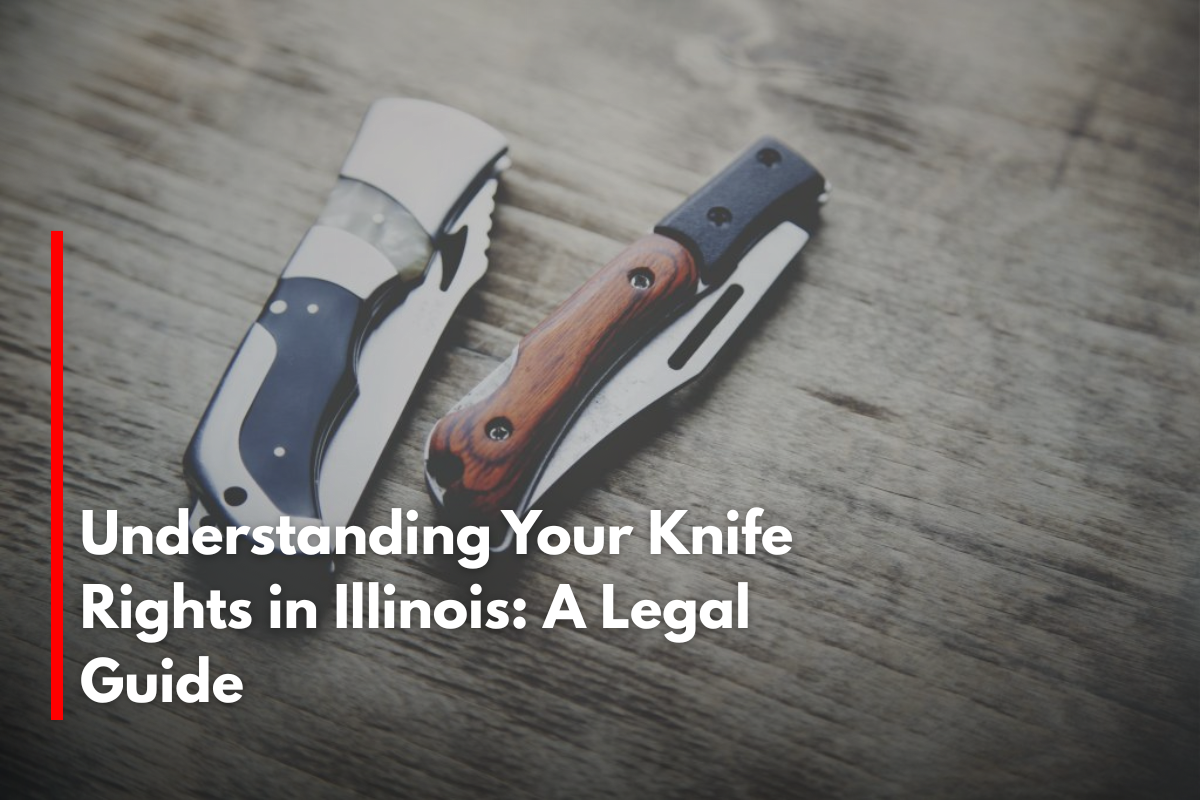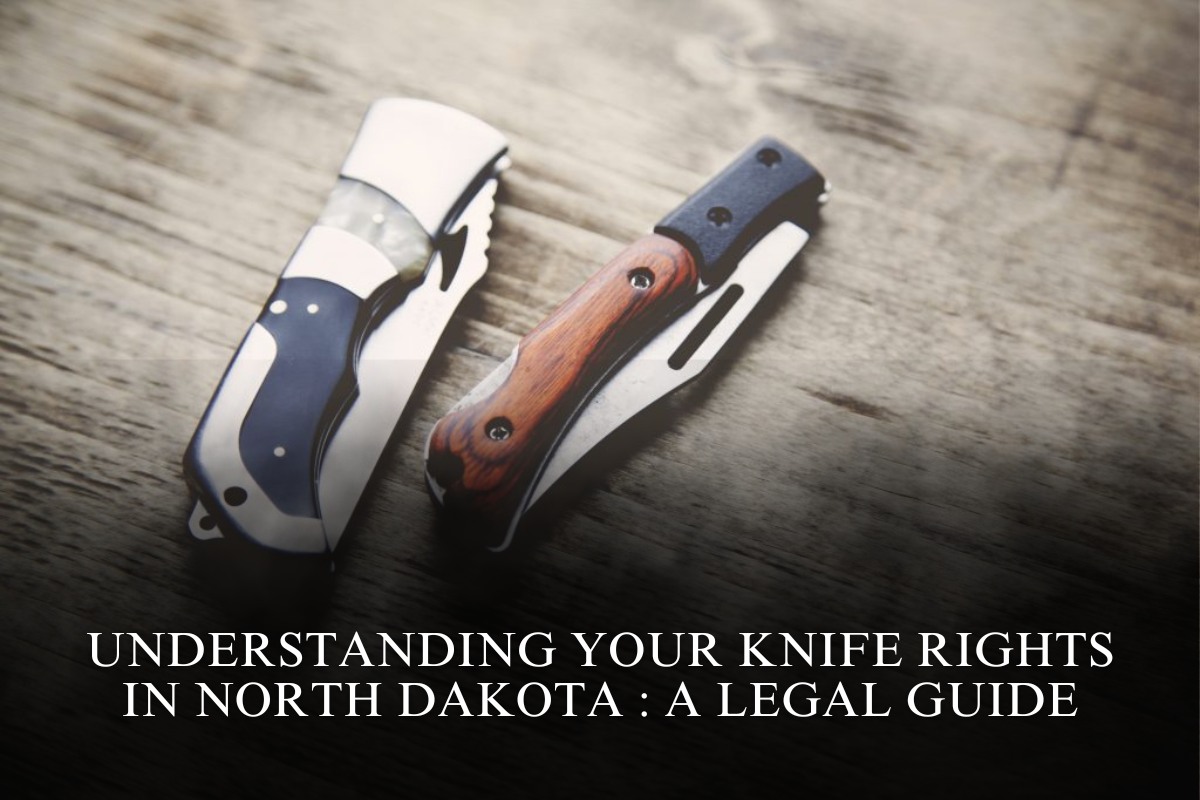Navigating knife laws in Illinois can be confusing, as state statutes, city ordinances, and rules for public spaces create a patchwork of regulations. Below is a practical guide to help you understand your rights, identify potential pitfalls, and avoid legal trouble in 2025.
What Knives Are Legal in Illinois?
Most knives can be legally owned and carried in Illinois, but there are key exceptions.
Ballistic knives: Strictly prohibited statewide, regardless of intent or permits.
Switchblade (automatic) knives: Illegal except for those with a valid Illinois Firearm Owner’s Identification (FOID) card and over age 21. Local laws may add further restrictions.
Other knife styles: Folding, fixed blades, and “utility” knives are generally unrestricted except in specific situations and locations.
Blade Length Rules
No statewide length limit for general ownership. However, special restrictions apply to public places and certain cities.
Public/government buildings: Carrying any knife with a blade of 3 inches or more in courthouses, schools, or other government facilities is prohibited and can lead to criminal charges.
Local ordinances: Cities can set stricter rules.
Chicago’s law is especially strict, limiting blades to 2.5 inches in public, both open and concealed. Many nearby suburbs adopt similar ordinances.
Where You Can (and Cannot) Carry a Knife
Prohibited locations regardless of blade:
Open vs. Concealed Carry:
Open carry is generally allowed unless the knife type or length violates local rules or the location is restricted.
Concealed carry of a knife over three inches may be illegal unless you have a valid reason (e.g., work-related use), and police/judges have broad discretion regarding “unlawful intent”.
Special Cases and Exceptions
Switchblades: Legal with a FOID card for adults 21+, not for minors or people without permits.
Minors: Special penalties apply if those under 18 are found carrying knives; guardians can be fined.
Intent matters: Carrying a legal knife “unlawfully against another” (e.g., in a threatening way) can result in felony charges, regardless of the knife’s type or size.
Penalties for Violations
Practical Tips to Stay Legal
Know your local laws: City restrictions may be stricter than state law (especially in Chicago).
Measure blade length correctly: The full cutting edge, from hilt to tip, counts.
Check intent: Be prepared to explain why you are carrying a knife longer than three inches, especially if concealed.
Never carry knives onto school or government property.
Stay informed: Laws can and do change; consult legal counsel or official sources for the latest updates.
By understanding Illinois’ knife laws and staying up to date, you can safely own and carry knives while avoiding costly legal mistakes.
Sources
[1] https://www.couteaux-morta.com/en/illinois-knife-laws/
[2] https://tkellknives.com/knife-laws-in-illinois-navigating-legal-carry-and-restrictions/
[3] https://mywaynecountynow.com/understanding-your-knife-rights-in-illinois-a-legal-guide/
[4] https://www.andrewnickel.com/blog/2021/october/illinois-knife-laws/
[5] https://www.akti.org/state-knife-laws/illinois/











